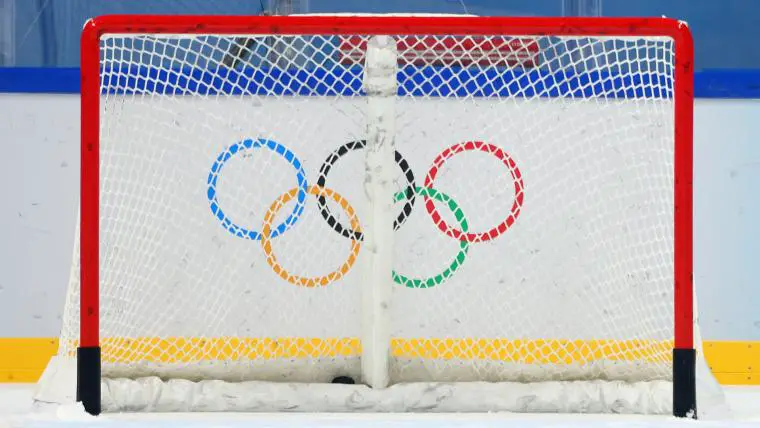Empty net goals in hockey occur with a frequency of around 1 in 30 games. Analyzing high-risk plays, empty net goals give teams an opportunity to tie the game or take the lead, but also come with significant risk due to the increased likelihood of the opposition scoring on the empty net.
Ice hockey teams frequently employ the tactic of pulling their goalie late in a game to gain an extra attacking skater, creating opportunities for high-risk plays such as empty net goals. While the move can potentially turn the tide of a game by tying the score or even putting the team in the lead, it also opens up the risk of the opposition scoring on the empty net.
This delicate balance makes analyzing the frequency and success of empty net goals a crucial aspect of hockey strategy. Let’s delve deeper into the dynamics and statistics surrounding empty net goals in hockey.

Credit: www.sportingnews.com
Table of Contents
Analyzing The Empty Net Strategy In Hockey
Analyzing the empty net strategy in hockey involves assessing the effectiveness of high-risk plays. Employing an empty net can lead to tying or taking the lead, but it comes with significant risk, increasing the chance of the opposition scoring since they get to shoot on an empty net.
Understanding The Concept Of An Empty Net In Hockey
In hockey, an empty net refers to the situation when a team’s goalie is pulled off the ice, leaving the net unguarded. This strategy is employed when a team is trailing by one or two goals in the closing minutes of a game and needs to score quickly to tie or take the lead. By removing the goalie, teams gain an extra skater advantage to increase their offensive firepower.
Statistics On The Success Rate Of Empty Net Strategies
Empty net strategies have proved to be both successful and risky. According to NHL statistics, teams have approximately a 50% success rate when pulling their goalie in favor of an extra skater. This means that in about half of the cases, teams are able to score and potentially change the outcome of the game.
High-risk Nature Of Employing An Empty Net
However, it’s important to acknowledge the high-risk nature of employing an empty net strategy. With no goalie guarding the net, any turnover or mistake can result in an opposing team scoring an easy goal. This risk is further amplified by the pressure and urgency to score quickly, which can lead to reckless and less controlled play.
Strategic Analysis Of When To Pull The Goalie
Deciding when to pull the goalie requires careful analysis of various factors, including the score, time remaining, and momentum of the game. Traditionally, teams would pull the goalie with one minute left per goal needed. However, modern approaches have challenged this rule of thumb, considering factors such as offensive zone time, player fatigue, and the opposing team’s defensive prowess.
Comparative Evaluation Of Traditional And Modern Approaches
Traditionally, teams followed a conservative approach of pulling the goalie in the final minutes of the game. However, modern analysis suggests that earlier goalie pulls can maximize the team’s chances of scoring. By doing so, teams can put additional pressure on the opposing team, potentially forcing turnovers or penalties. This comparative evaluation highlights the evolving nature of the empty net strategy in hockey.

Credit: www.boston.com

Credit: hockey-graphs.com
Frequently Asked Questions For How Often Does Empty Net Work In Hockey? Analyzing High-risk Plays
Does Empty Net Work In Hockey?
Yes, an empty net can work in hockey, allowing teams to score and tie or lead the game. However, it comes with significant risk.
How Many Empty Net Goals Does Crosby Have?
Crosby has scored several empty net goals, although the exact number is not specified.
What Percentage Of The Time Does Pulling The Goalie Work?
Pulling the goalie can be successful, but risky. Teams can score to tie or take the lead.
How Many Empty Net Goals Does Connor Mcdavid Have?
Connor McDavid has scored 8 empty net goals in his NHL career.
Conclusion
Scoring an empty net goal in hockey can be a game-changer, but it comes with its fair share of risks. Teams often deploy this strategy to tie the game or secure a lead. However, the opposing team also has an opportunity to shoot on an open net, which can lead to them scoring as well.
So while empty net goals can be effective, they also increase the chances of the opposition scoring. It’s a calculated risk that teams take in the hopes of securing a victory.
